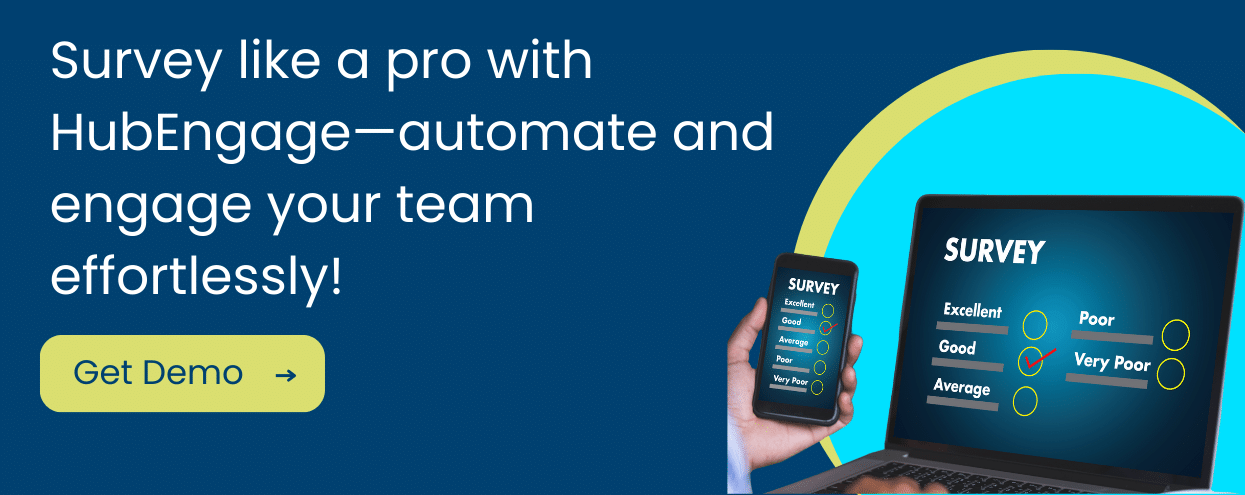Over the years, most employee surveys have been of the anonymous type.
75% of survey respondents prefer anonymity.
The justification for the anonymity is that if employees don’t have to reveal who they are, they’ll not fear retribution from management, which in turn will lead to more of them taking the survey and more honesty in the responses.

So here’s the irony.
On one hand, companies are trying to bring transparency and trust to their employee culture by creating open offices and creating flatter organizational structures. They hope that this will bridge the gap between the employees and management. On the other hand, the fact that HR still has to conduct anonymous surveys showcases the lack of trust. If your employees can work without fear of retribution and can openly talk about issues in your organization, then there is no need to have anonymous feedback surveys.
Why anonymous employee surveys don’t work:
-
- Understanding Results: Each employee has their own experience and context. Unless you collect more information like their division, group, age, and so on (in which case the survey is not completely anonymous as you’ll be able to guess who those employees are), you will not be able to understand why the feedback is the way it is. By knowing exactly who the employees are, you will get even more insight into the results. For example, are all millennial employees in the company feeling a certain way? This leads to the question – How anonymous are anonymous surveys really? “It’s human nature to want to find out what people think about you, especially if it is negative,” said Deborah Roland, vice president of human resources at CareerArc.
- Follow-up: Once you know which employee has submitted certain feedback, you can follow up with additional questions if needed to understand the context better. For example, by digging deeper and extending the example above, you may realize that although both male and female millennial employees feel the same way, their needs might be different.
- Leadership Responsibility and Accountability: By knowing which segment of employees are having an issue, you can also assign leaders to address those situations and hold them accountable. This is not possible in a completely anonymous survey.

Why do employees feel the need to give nameless feedback?
The fact that your employee surveys need to be anonymous obviously points to a lack of trust between the employees and management. There is no open dialogue between both. Therefore, the first priority for HR and Internal Marketers would be to create a culture of transparency and trust that makes employees feel comfortable in participating openly. In order to do so, you need to invest in the right employee engagement platform.
While you are in the process of transforming your employee culture, move towards less anonymity by using survey platforms that can keep the identity of the employee hidden, but will at least help you narrow down results to certain segments so you can address those properly.
This process also exposes the aggregate results as needed to your employees, so they can see where the issues are. This will help you create transparency and engage employees, as they work along with management in helping solve those very issues. Lastly, once your employees are completely comfortable, make your feedback surveys or customer satisfaction surveys completely open and transparent. Continue to expose the results to your employees, seek their participation in resolving those issues, and make them feel that they are a big part of your organization and one team — where there is no distinction between management and employee on the front lines.
You need the right internal communication platform that’ll help you create an environment of trust and an employee survey tool that gets you high participation on your employee surveys employees.
Learn how HubEngage’s Employee Survey Platform can help create both anonymous and non-anonymous surveys













